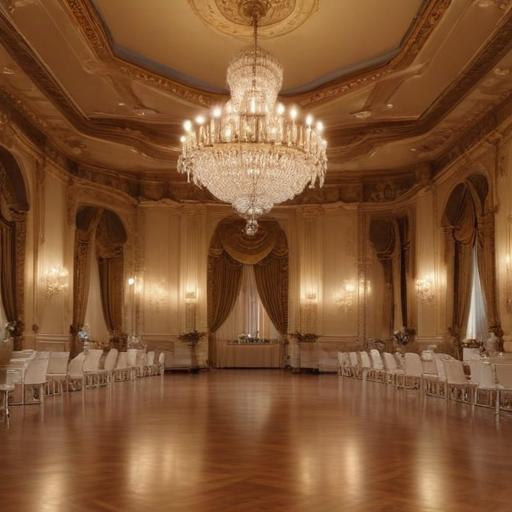President Trump has unveiled plans to construct a lavish $200 million ballroom, covering 90,000 square feet, on the site of the current East Wing of the White House. The design, crafted by traditionalist architect James McCrery II, aims to emulate the grandeur of Gilded Age neoclassicism, featuring elements such as arched windows, chandeliers, and Corinthian columns. The White House noted that the new ballroom’s architectural style would closely resemble the existing structures, although many preservationists have raised concerns about this ambitious addition.
This move aligns with Trump’s ongoing efforts to enhance the White House’s aesthetic, reminiscent of his renovations to the Oval Office and the Rose Garden. Furthermore, it reflects his 2020 initiative, the “Executive Order on Promoting Beautiful Federal Civic Architecture,” which sought to revive traditional architectural styles while moving away from modernist designs. Supporters from the conservative side have welcomed this approach, advocating for a return to classic Western architectural standards that they believe embody traditional values, contrasting sharply with modern styles often linked to more contemporary political ideologies.
Trump’s focus on architecture highlights a broader dialogue about national identity and cultural heritage in the United States. His critics argue that modernist designs like the Obama Presidential Center in Chicago lack clarity and connection to the human experience. In contrast, Trump’s vision seeks to establish a coherent aesthetic that resonates with a definable American sensibility.
Overall, this ambitious project not only aims to redefine the White House’s visual identity but also positions it within a wider cultural conversation about architecture’s role in reflecting and shaping national values.
